I found a book under the Christmas tree, a souvenir of Italy. It’s full of spectacular tree photographs, apparently caught by flashlight; night-time dreaming trees suddenly startled awake. They are by the Swiss photographer Irene Kung –
“In my way of working it is possible to reinstate the tree to what I felt. That is exactly what I do with my work: I remove everything unessential in order to show the tree as it is, as I feel it. It is intuition, it is irrational: rationality can be misleading, sentiment cannot… I return the tree to what I have felt – its essence… A positive and fruit-bearing message in the face of crisis.”
The book includes a wonderful passage on trees from Wandering by Hermann Hesse –
For me, trees have always been the most penetrating preachers. I revere them when they live in tribes and families, in forests and groves. And even more I revere them when they stand alone. They are like lonely persons. Not like hermits who have stolen away out of some weakness, but like great, solitary men, like Beethoven and Nietzsche. In their highest boughs the world rustles, their roots rest in infinity; but they do not lose themselves there, they struggle with all the force of their lives for one thing only: to fulfil themselves according to their own laws, to build up their own form, to represent themselves. Nothing is holier, nothing is more exemplary than a beautiful, strong tree.
When a tree is cut down and reveals its naked death-wound to the sun, one can read its whole history in the luminous, inscribed disk of its trunk: in the rings of its years, its scars, all the struggle, all the suffering, all the sickness, all the happiness and prosperity stand truly written, the narrow years and the luxurious years, the attacks withstood, the storms endured. And every young farmboy knows that the hardest and noblest wood has the narrowest rings, that high on the mountains and in continuing danger the most indestructible, the strongest, the ideal trees grow.
Trees are sanctuaries. Whoever knows how to speak to them, whoever knows how to listen to them, can learn the truth. They do not preach learning and precepts, they preach, undeterred by particulars, the ancient law of life.
A tree says: A kernel is hidden in me, a spark, a thought, I am life from eternal life. The attempt and the risk that the eternal mother took with me is unique, unique the form and veins of my skin, unique the smallest play of leaves in my branches and the smallest scar on my bark. I was made to form and reveal the eternal in my smallest special detail.
A tree says: My strength is trust. I know nothing about my fathers, I know nothing about the thousand children that every year spring out of me. I live out the secret of my seed to the very end, I care for nothing else. I trust that God is in me. I trust that my labour is holy. Out of this trust I live.
When we are stricken and cannot bear our lives any longer, then a tree has something to say to us: Be still! Be still! Look at me! Life is not easy, life is not difficult. Those are childish thoughts. Let God speak within you, and your thoughts will grow silent. You are anxious because your path leads away from mother and home. But every step and every day lead you back again to the mother. Home is neither here nor there. Home is within you, or home is nowhere at all.
A longing to wander tears my heart when I hear trees rustling in the wind at evening. If one listens to them silently for a long time, this longing reveals its kernel, its meaning. It is not so much a matter of escaping from one’s suffering, though it may seem to be so. It is a longing for home, for a memory of the mother, for new metaphors for life. It leads home. Every path leads homeward, every step is birth, every step is death, every grave is mother.
So the tree rustles in the evening, when we stand uneasy before our own childish thoughts: Trees have long thoughts, long-breathing and restful, just as they have longer lives than ours. They are wiser than we are, as long as we do not listen to them. But when we have learned how to listen to trees, then the brevity and the quickness and the childlike hastiness of our thoughts achieve an incomparable joy. Whoever has learned how to listen to trees no longer wants to be a tree. He wants to be nothing except what he is. That is home. That is happiness.


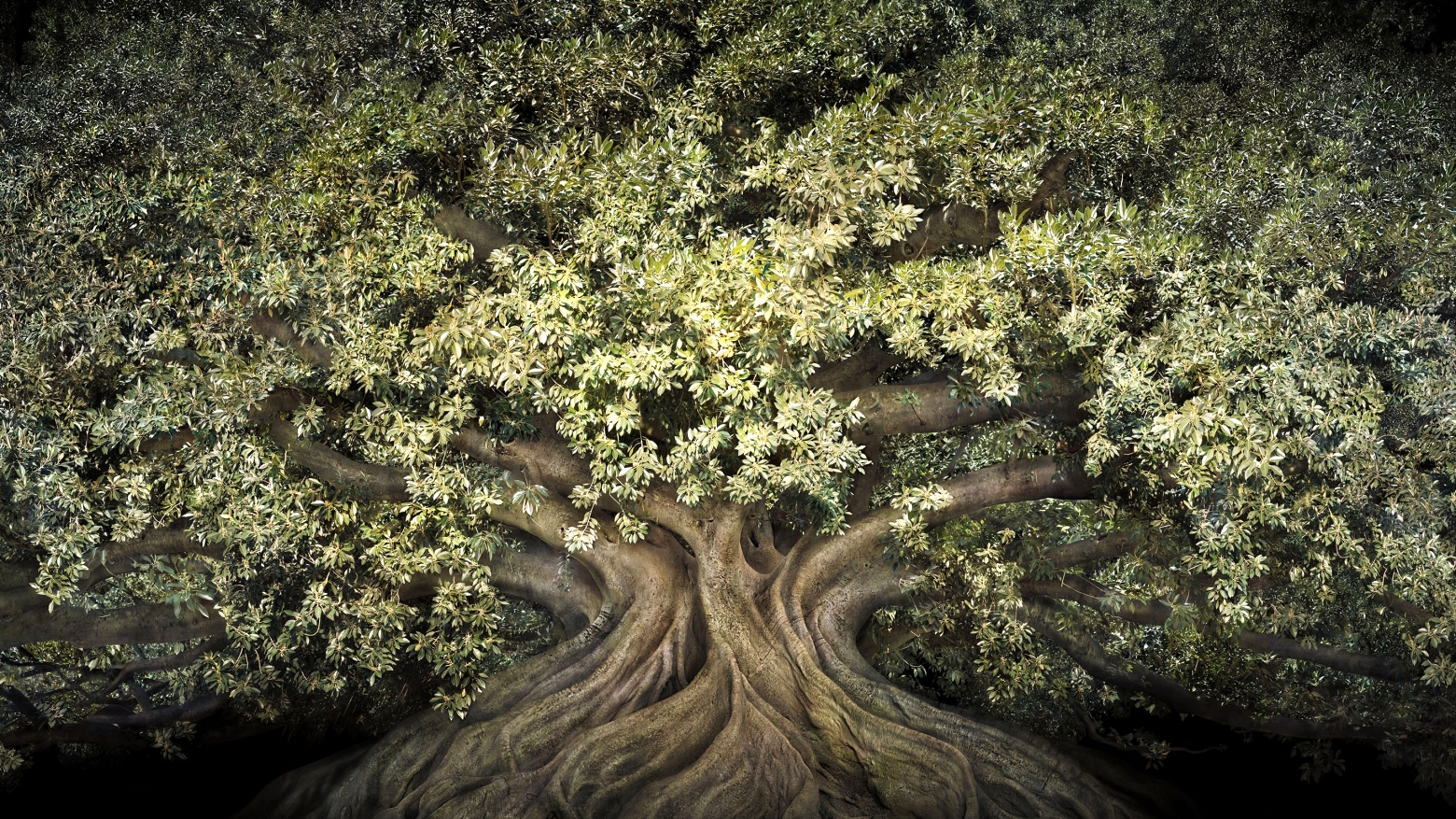

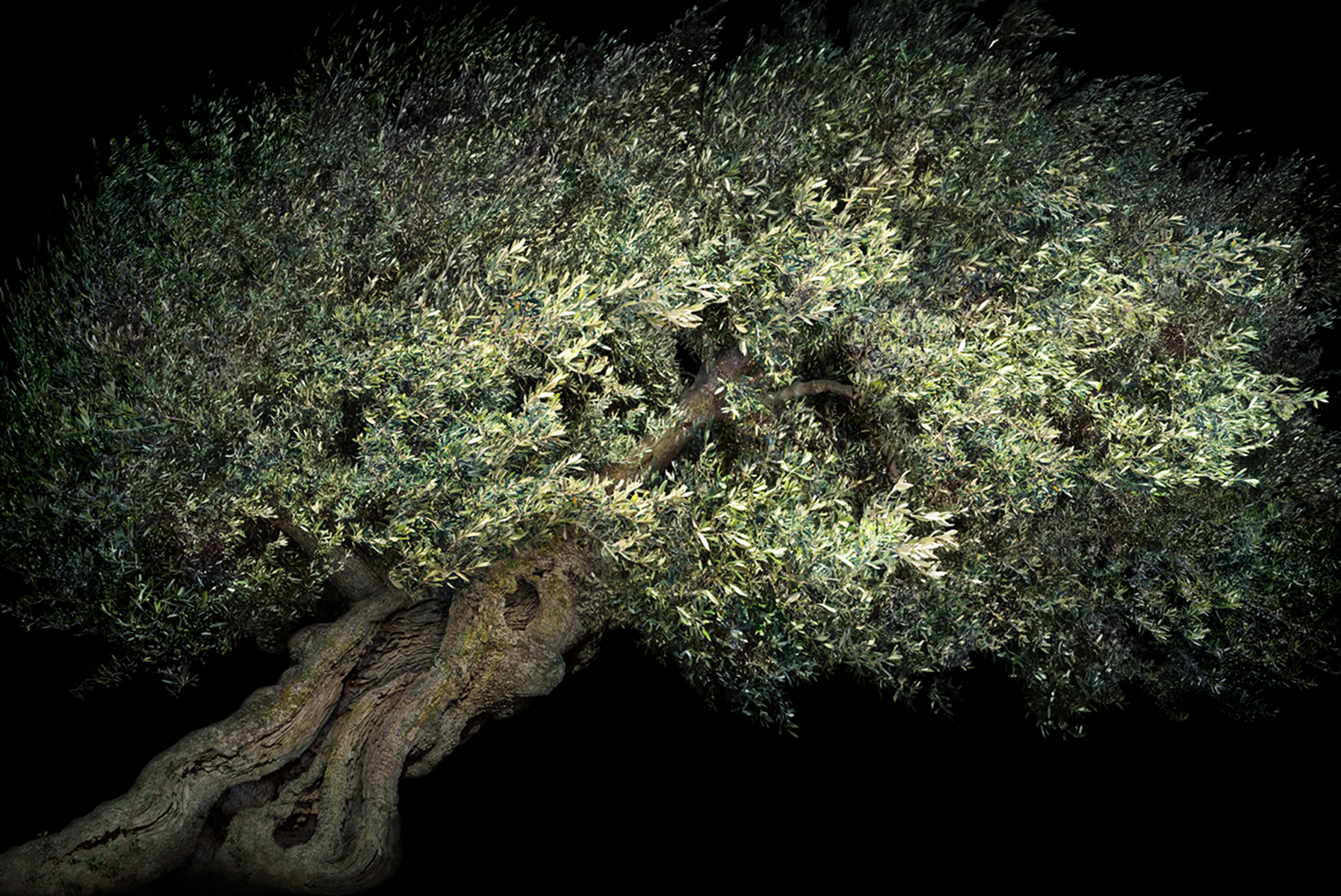
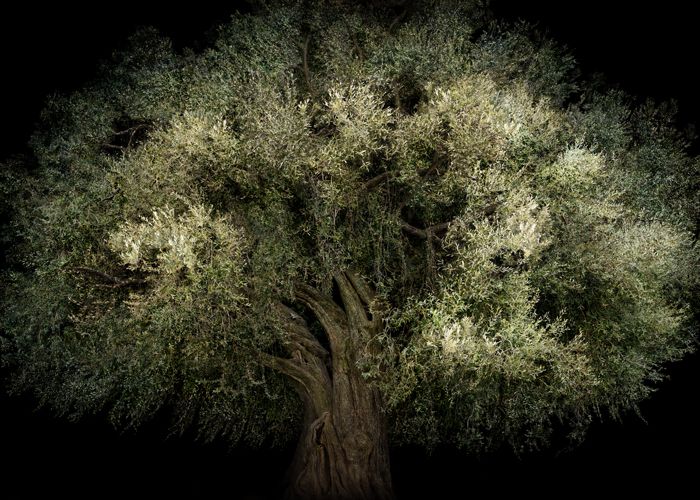

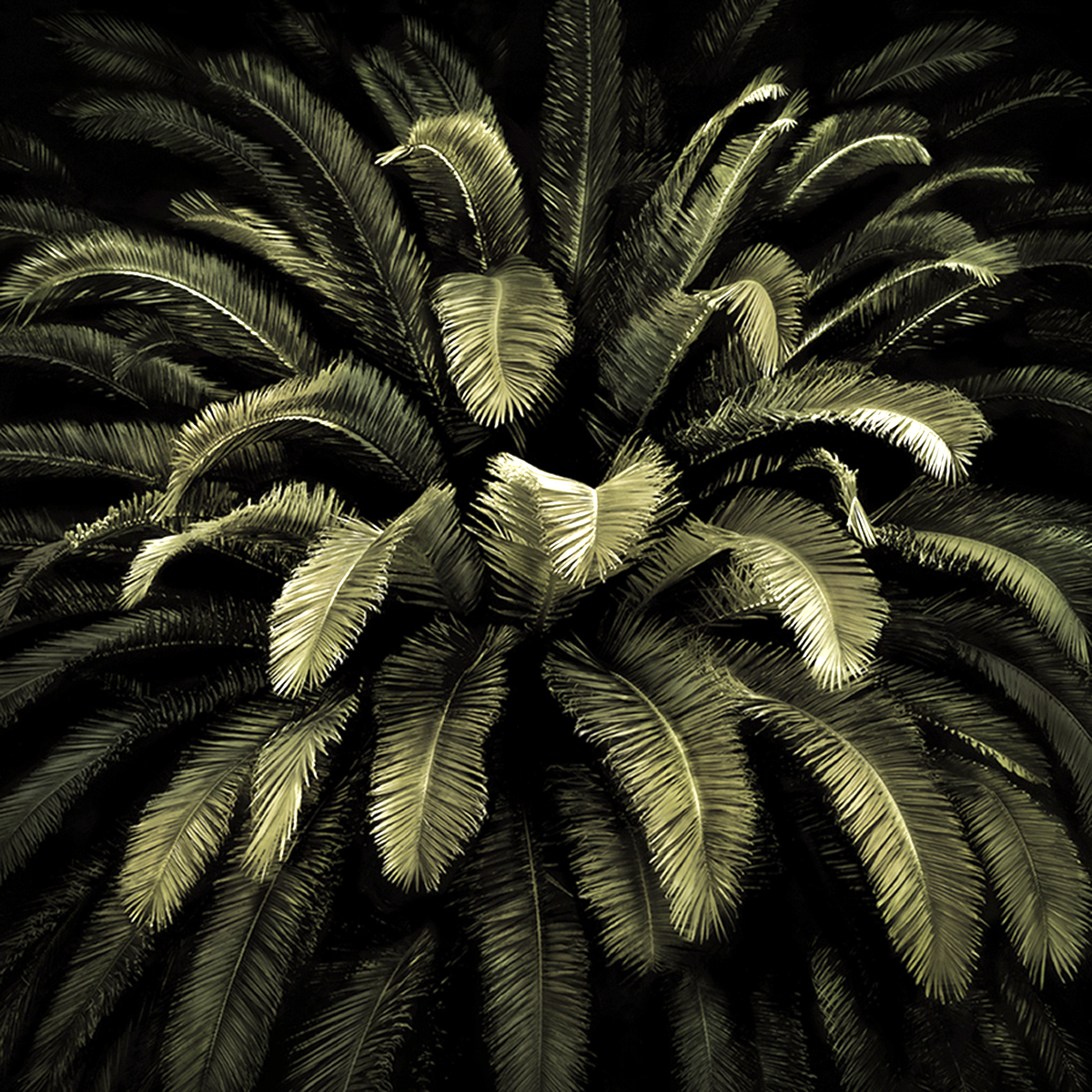
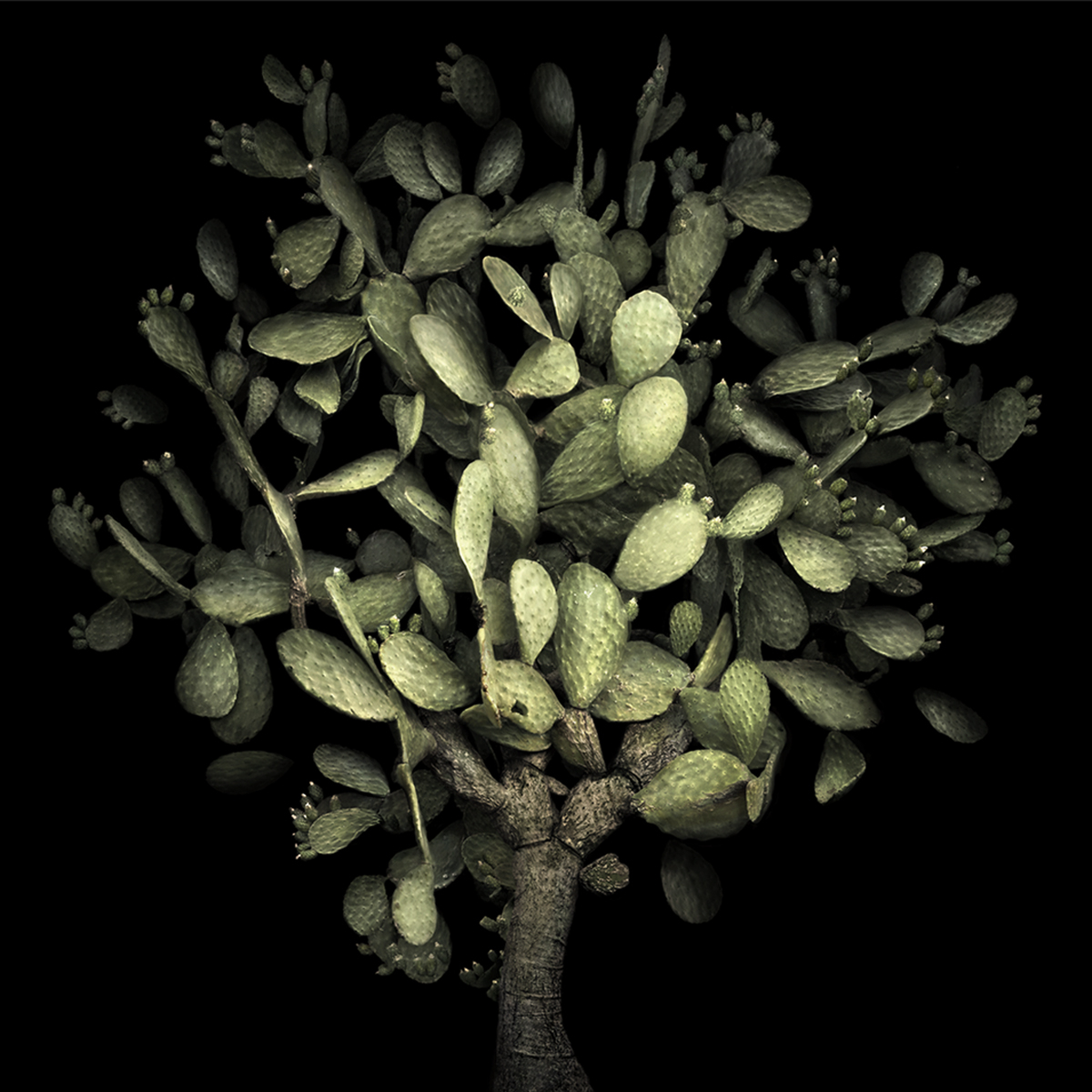
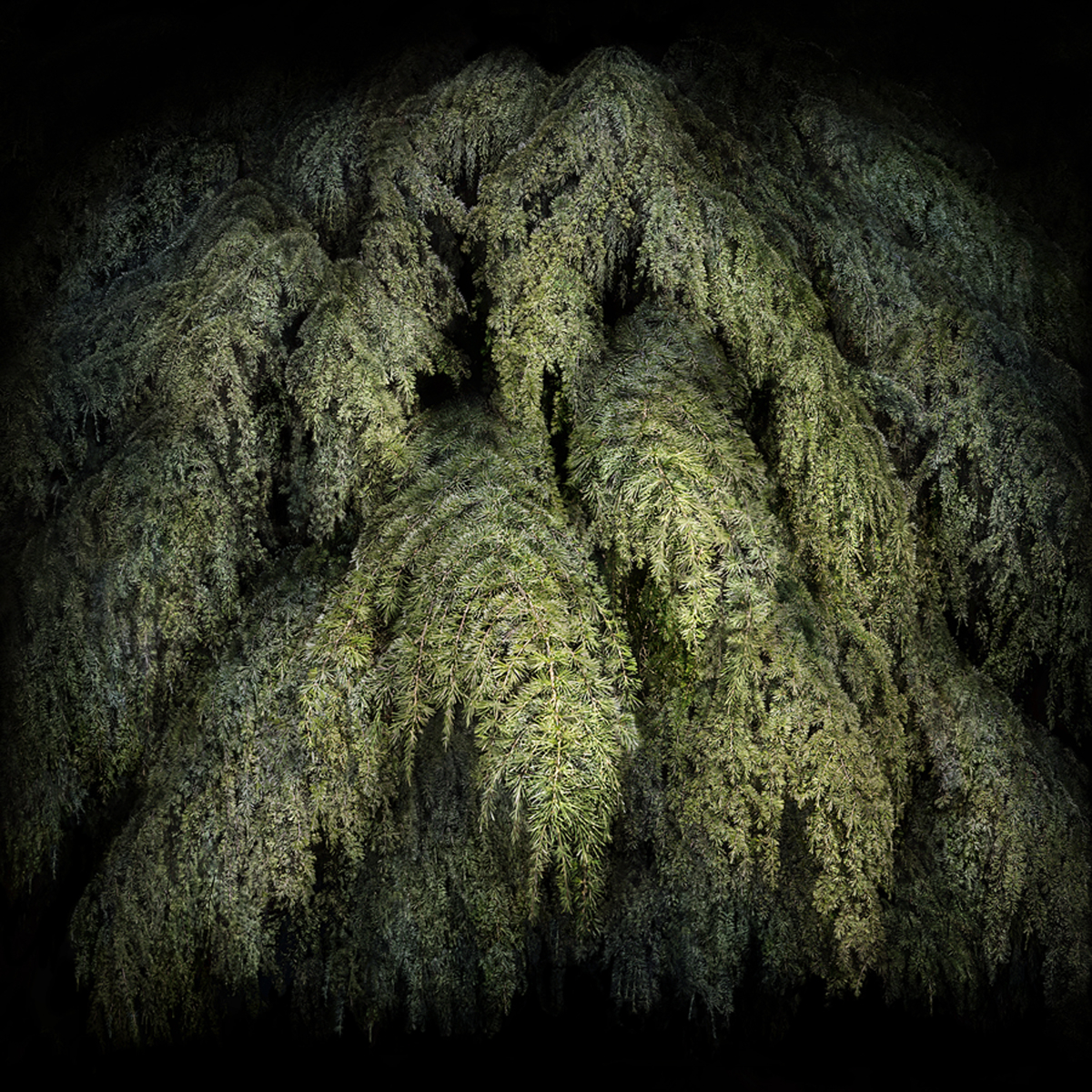
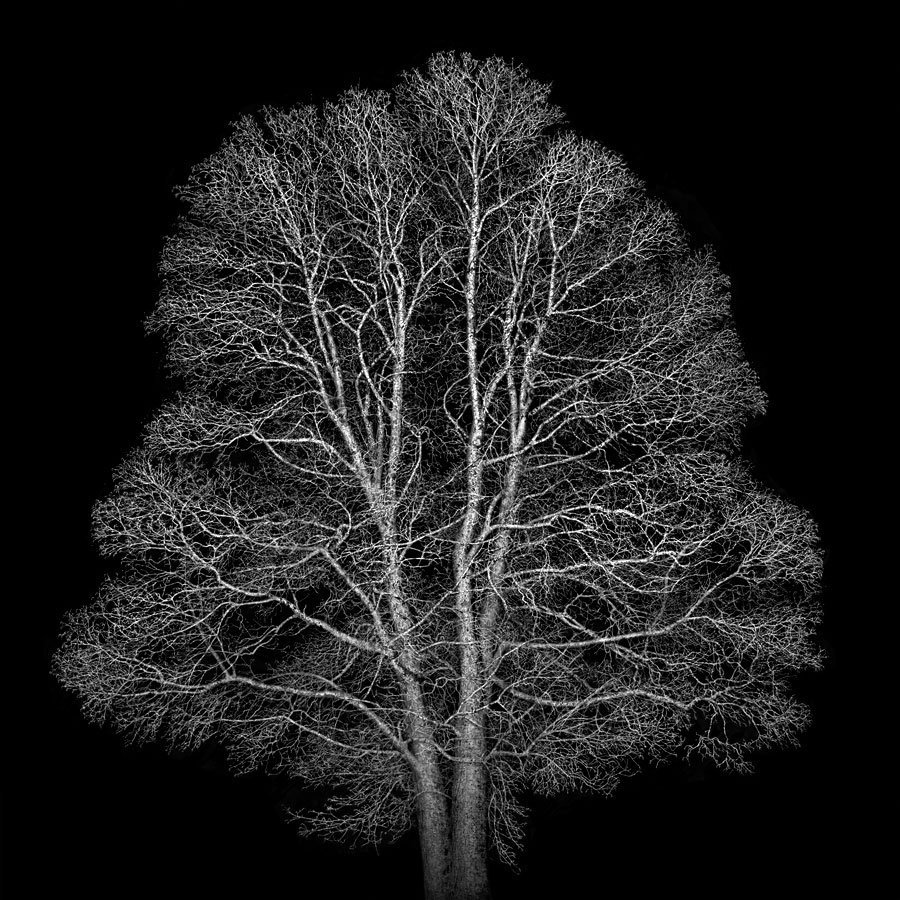
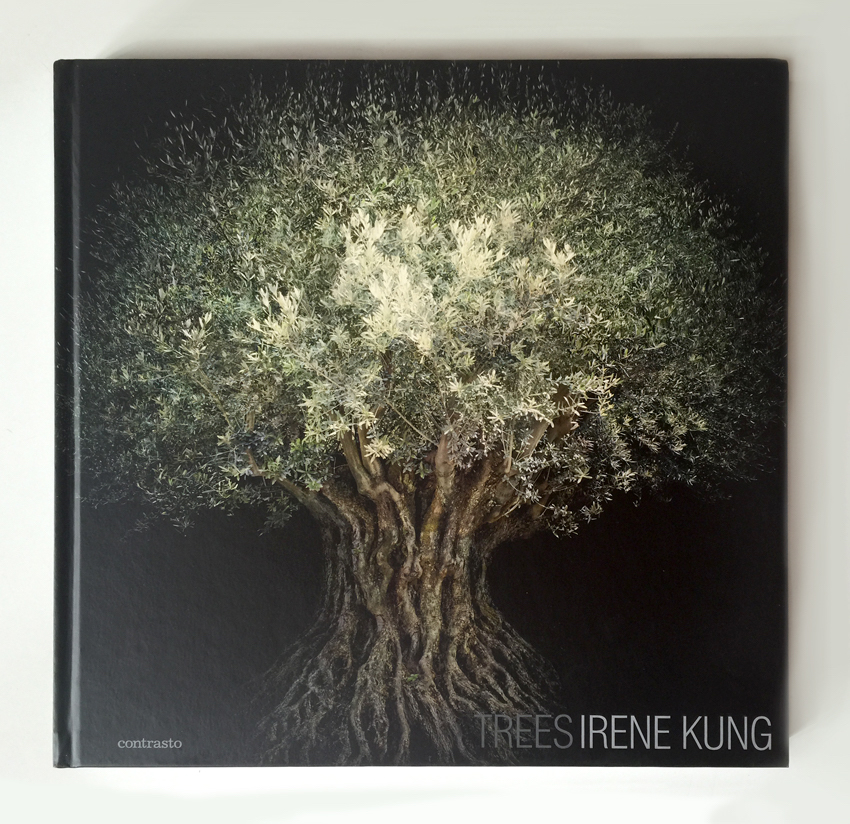
Chris,
Happy New Year…and thanks for the beautiful post, particularly the text.
This morning, very early, I noticed sparkling among the branches of the hundred-foot pine next to my house. It was like the tinsel we put on Christmas trees, but that made no sense. Amazed, I just kept watching the sparkling, and noted it was throughout the tree, not just on the ends of the branches. Slowly it dawned on me it was the rising sun, reflecting, on what? Evaporating fog? As of now, I think it might be spiderwebs, too fine to be seen on their own, but still able to collect the damp overnight. A delightful mystery to begin the New Year…a bit more hopeful than most things here. I’m with you and Irene Kung about the trees, they give us more than we deserve!
All the best to you and all at Rowley Gallery in 2017!
Thanks Pat, and a Happy New Year to you. I love your sparkling story and wondered if there’s a photograph. But then I realised it’s your words that are magical, you make it sound like a small miracle. We’re all waiting for the sparkling light to return. xx